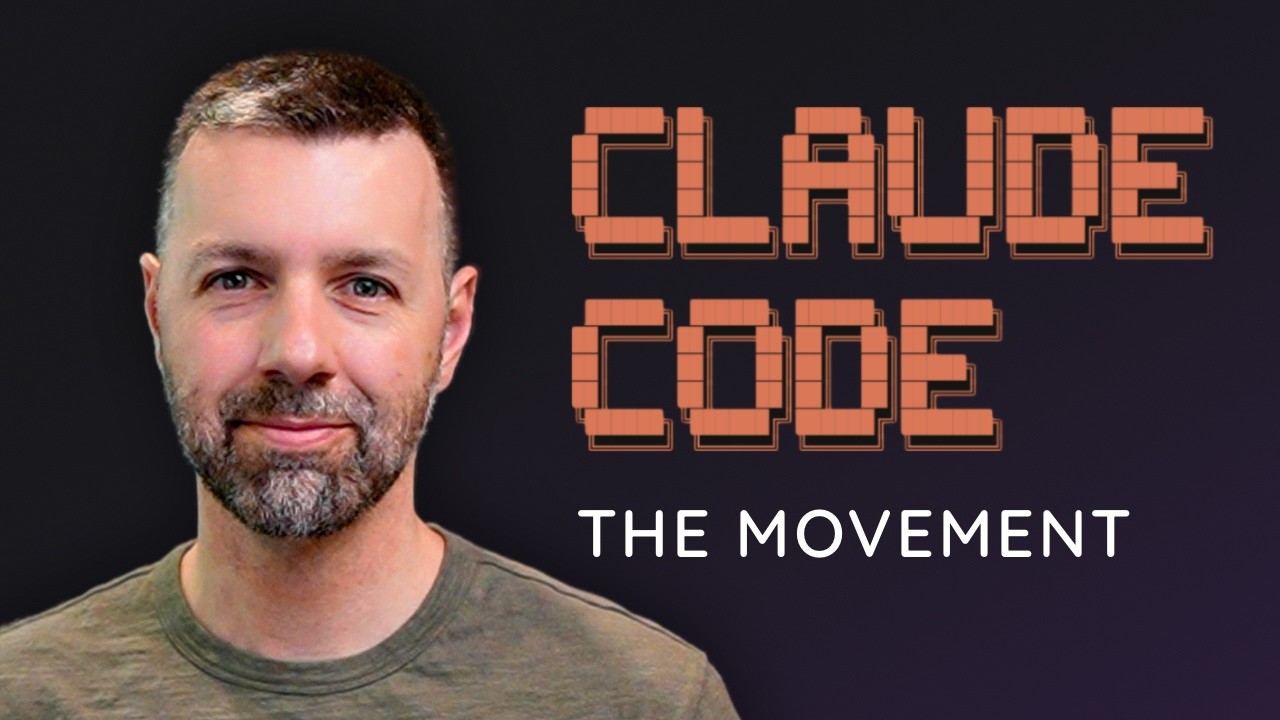The video examines Claude Code, a terminal-based AI coding agent by Anthropic, highlighting its strengths in handling large, autonomous tasks through a flexible interface and integration with tools like Cursor and Linear, while contrasting it with Cursor’s suitability for detailed, line-by-line collaboration. It emphasizes the importance of clear planning and task scoping for effective AI-assisted development, suggesting a future where software engineers focus more on orchestrating AI agents than writing code directly.
The video explores the rising popularity of Claude Code, a terminal-based AI coding agent developed by Anthropic, and compares it with Cursor, another AI coding tool. The creator shares his experience using Claude Code within Cursor, focusing on two main questions: whether a terminal interface with an AI agent is better than a chat-based UI, and whether Claude’s powerful models perform better through Claude Code or Cursor. He finds that both tools have their strengths, with Claude Code excelling in autonomous, large-scale tasks, while Cursor is preferred for granular, line-by-line collaboration, especially in front-end design work.
Claude Code’s terminal-based interface offers flexibility, allowing it to run in any terminal or integrate directly with popular IDEs like Cursor, VS Code, and Windsurf. This portability means developers can use Claude Code in various environments seamlessly. The video highlights the integration of the MCP protocol, enabling Claude Code to connect with tools like Linear for issue tracking. This integration allows Claude Code to autonomously manage tasks such as updating issue statuses and posting comments, showcasing its capability to handle complex workflows with minimal manual intervention.
A key feature of Claude Code is its “plan mode,” which encourages users to have the AI create a detailed plan before starting to code. This approach helps align the AI’s output with the user’s expectations, reducing frustration and improving task execution. The presenter demonstrates this by having Claude Code plan and implement a new survey feature for his website, emphasizing the importance of clear, explicit instructions to ensure the AI completes tasks accurately. He also discusses the use of custom slash commands to streamline repetitive tasks like generating git commit messages, further enhancing productivity.
The video also touches on the evolving role of software engineers, suggesting that the future lies in engineering AI agents rather than writing code directly. While developers still need to write some code manually, the majority of coding tasks are increasingly delegated to AI agents like Claude Code. The presenter notes that Claude Code performs best when given well-scoped, larger tasks to execute autonomously, whereas Cursor’s background agents are better suited for smaller, more focused bug fixes. This distinction highlights the complementary nature of these tools in modern development workflows.
Finally, the presenter reflects on some current limitations and challenges with Claude Code, such as multitasking constraints due to working on a single git branch and the need for explicit, detailed planning to avoid incomplete features. Despite these challenges, he sees Claude Code as a significant step toward the future of agentic coding, where developers orchestrate AI agents to build software. He encourages viewers to adopt best practices like thorough planning and iterative collaboration to maximize the benefits of AI-assisted development, signaling a shift in how software is engineered in the AI era.
